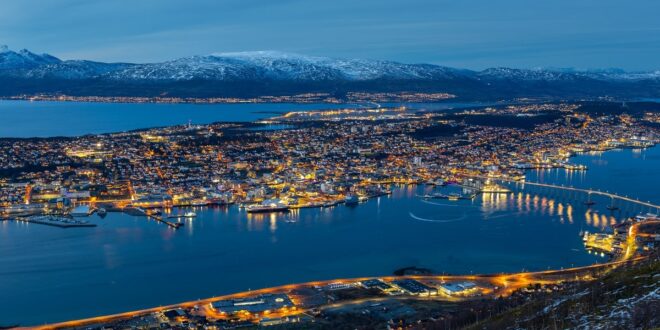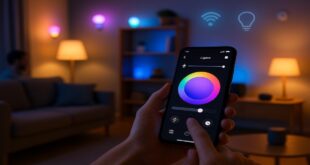If you’re interested in landscaping your garden, but don’t know how to use lights properly, you might be wondering if they use a lot of electricity.
If you’re wondering whether or not landscape lights are a good investment, you can find out how much electricity they use with this simple guide. Read on to learn more!
And don’t forget to install a fuse, as LED lights use less electricity than incandescent bulbs and will last much longer, you can hire professionals for a practical lighting system for all of your lighting purposes.
If you’re not sure how much electricity landscape lights use, it’s important to know the type of transformer you’ll need.
Landscape lighting transformers come in single-phase, three-phase, and four-phase varieties. Each type has different power ratings.
You’ll want to select one with a higher power rating than your fixtures, so you’re not wasting electricity by using too much electricity.
Pathway lights and spotlights are popular choices for homeowners. Pathway lights can illuminate long flower beds or walkways, while uplights can highlight architectural features.
Low-profile pathway lights sit on the ground and are slightly buried to hide the fixtures. Floodlights and spotlights, which are often mounted high in trees, provide an accent light to patios and decks. They can be placed close to a fire pit for a cozy evening around the fire pit.
Solar-powered landscape lights can also be used. Solar-powered LED lights use small solar panels to convert sunlight into electricity.
These lights store this electricity in a small battery and use it to power the LEDs at night. They can also be used as security lights.
If you’re concerned about the cost of a solar panel, solar-powered lights are definitely worth a try. But they won’t make you recover the cost of the solar panel. You’ll still be wasting money and electricity.
LED and halogen lights are two energy-efficient options that use 12-volt electricity. You can easily check how efficient a particular transformer is by touching it.
A transformer that is barely warmer than when it is turned off is most likely energy-efficient. If it is significantly warmer than when it’s off, then the light is dissipating energy instead of driving it. The average cost of power is $.11 per kilowatt-hour in the US.
LEDs have been around for decades and have been perfected for widespread consumer use. Now the most popular option for landscape lighting is LEDs.
LED bulbs can last up to 50,000 hours, which is 50 times longer than an incandescent bulb and seven times longer than a fluorescent fixture. And they’re cheaper per watt than other lights. Another advantage of LEDs is their long lifespan.
LED lights are also more energy-efficient and cost less than incandescent bulbs. If you’re looking for accent lighting or powerful security light, consider using LED lights.
These lights will give off a stunning light show in the evening. However, there is one downside to LED lights: they can be expensive.
While LEDs cost less than halogen bulbs, they can also be quite expensive. However, if you’re looking for a greener solution, LED lights will be a great choice.
 Make Home Smart Let's Make Smart Home for Everyone!
Make Home Smart Let's Make Smart Home for Everyone!




